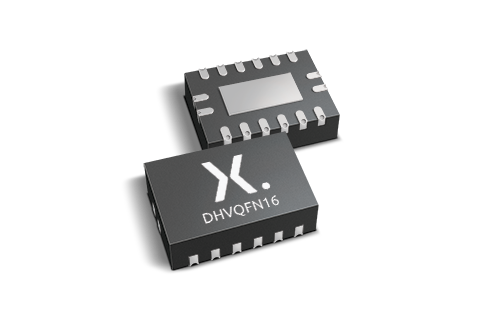NXP secondary side controller TEA1999TK synchronous rectifier controller (PWM). TEA1999TK is a member of the new generation of synchronous rectifier (SR) controller IC series suitable for switching power supplies, which uses adaptive gate drivers to achieve maximum efficiency under any load.
TEA1999TK is a controller IC specifically designed for synchronous rectification on the secondary side of flyback converters. It integrates a sensing stage and a driver stage to drive the SR MOSFET, which rectifies the output of the secondary transformer winding.
TEA1999TK can generate its own power supply voltage for low output voltage battery charging applications or high side rectification applications.
TEA1999TK is made using silicon on insulator (SOI) technology.

NXP secondary side controller TEA1999TK synchronous rectifier controller (PWM). Efficiency characteristics:
- Adaptive gate drive, capable of achieving maximum efficiency under any load
The typical power supply current during no-load operation is below 250 μ A
NXP secondary side controller TEA1999TK synchronous rectifier controller (PWM). Application features:
- Output working voltage range: 18 V to 0 V
Drain sensing pin, capable of handling input voltages up to 100V
Automatic power supply during low output voltage operation
Automatic power supply during high side rectification without the need for auxiliary windings
Using standard and logic level SR MOSFETs for operation
Supports USB BC, QuickCharge, and intelligent charging applications
HVSON8 package
NXP secondary side controller TEA1999TK synchronous rectifier controller (PWM). Control characteristics:
- Adaptive gate drive, can quickly turn off at the end of conduction
Undervoltage lockout (UVLO) with active gate pull-down
Hidden input for low and high switching frequencies
Enable input for CCM operation and disable it during startup or short output


